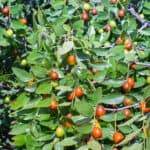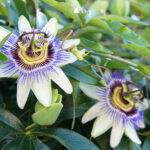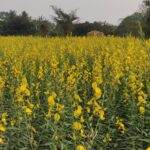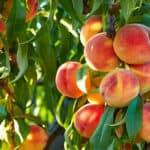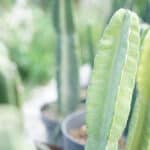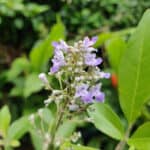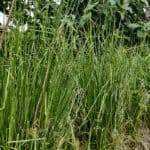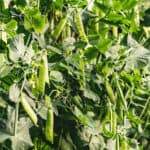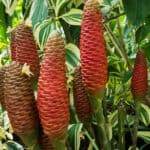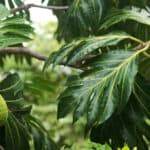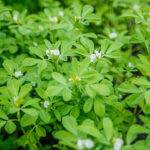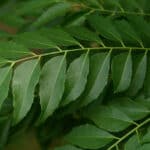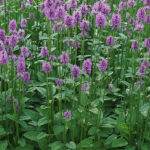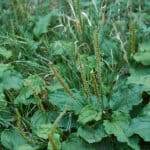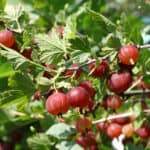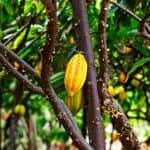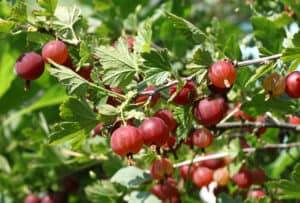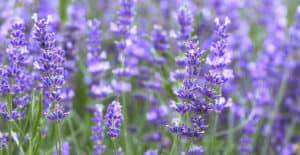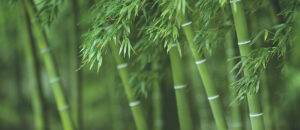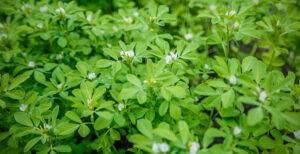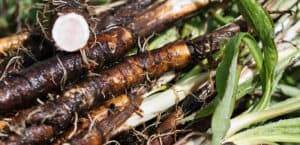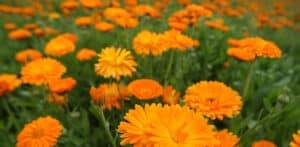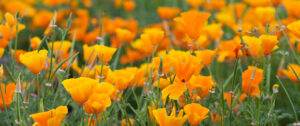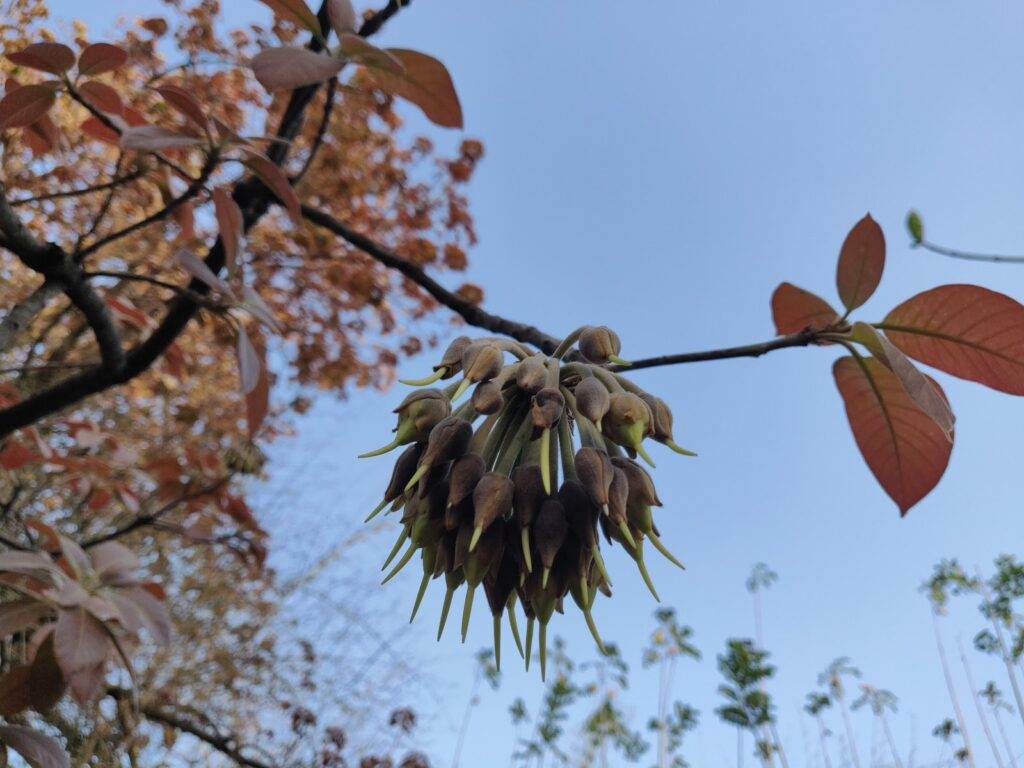
Botanically known as Madhuca longifolia, the Mahua tree has a history of being one of the most important aspects of the indigenous communities in India’s tropical and subtropical regions.
It is called “The Tree of Life” by the tribal communities of central India as all parts of the tree are used for diverse purposes, the fruits are cooked unripe and ripe, the seeds are a source of edible oil and butter and the flowers are used as sweetening agents, candies and are made into distilled country liquor.
It is an important medicinal plant in folklore medicine used to treat blood sugar-related disorders, poisoning, swelling, itching and as a cooler.
It is known as a universal panacea of Ayurvedic medicine.
It is majorly used to treat epilepsy.
Simultaneously, pharmacological studies have proved its wide range of biological activities such as antiulcer, anti-inflammatory, antioxidant and antidiabetic activities.
And, the phytochemicals studies have successfully documented the different bioactive constituents, namely, glycosides, flavonoids, terpenes and saponins.
The flowers are slowly gaining popularity as a superfood in the Indian and global markets due to their nutritional value and natural sugars.
They are available in the form of sundried candies, jellies, ladoos (sweet balls), energy bars and syrups.
The Mahua liquor, brewed from the flowers has been an important aspect of the indigenous culture since time immemorial, for celebration, spirituality and healing.
You can call it the county liquor or heritage liquor these days.
The tree has been strategically used by the indigenous communities for both its yield and potential to support the local ecosystems as it helps prevent soil erosion, attracts lots of beneficial organisms and provides shade and protection from strong wind.
While not listed as threatened or endangered, anthropogenic stressors are reducing the species’ population due to rapid deforestation, habitat loss, and overexploitation for its various uses.
This makes it important to raise awareness about this tree of life and the immense wisdom it carries.
In Mumbai city, a group of conservation-concerned citizens have begun revival efforts to plant more Mahua trees around the city’s forests, especially in the Arey Forest.
All About Mahua Tree
The Mahua Tree is native to southern Asia and is found in larger numbers specifically in the tropical and subtropical regions of India, Nepal, Myanmar and Sri Lanka.
It thrives in diverse habitats, from dry deciduous forests to moist regions in the plains or lower elevations.
It is a medium to large deciduous tree, belonging to the family Sapotaceae (known for producing saponins).
Here in India, it’s found abundantly in the central, southern, and north Indian plains, grasslands and forests.
It is known as a hardy tree as it thrives well on rocky, gravely, saline and sodic soils, even in pockets of soil between crevices of barren rock.
We can it Moha in our mother tongue Marathi and it is known as Atavimaduka in Sanskrit; Mohua, Mungli in Hindi; Ippa, Madhukamu in Telugu; Kattillupi in Tamil; Mohuka, Mohulo in Odia; Illuppa, Iruppapu in Malayalam; Doddippa, Halippa in kannada; Mahuva in urdu; Mahudo in gujarati; Mahula, Kochra in Bengali.
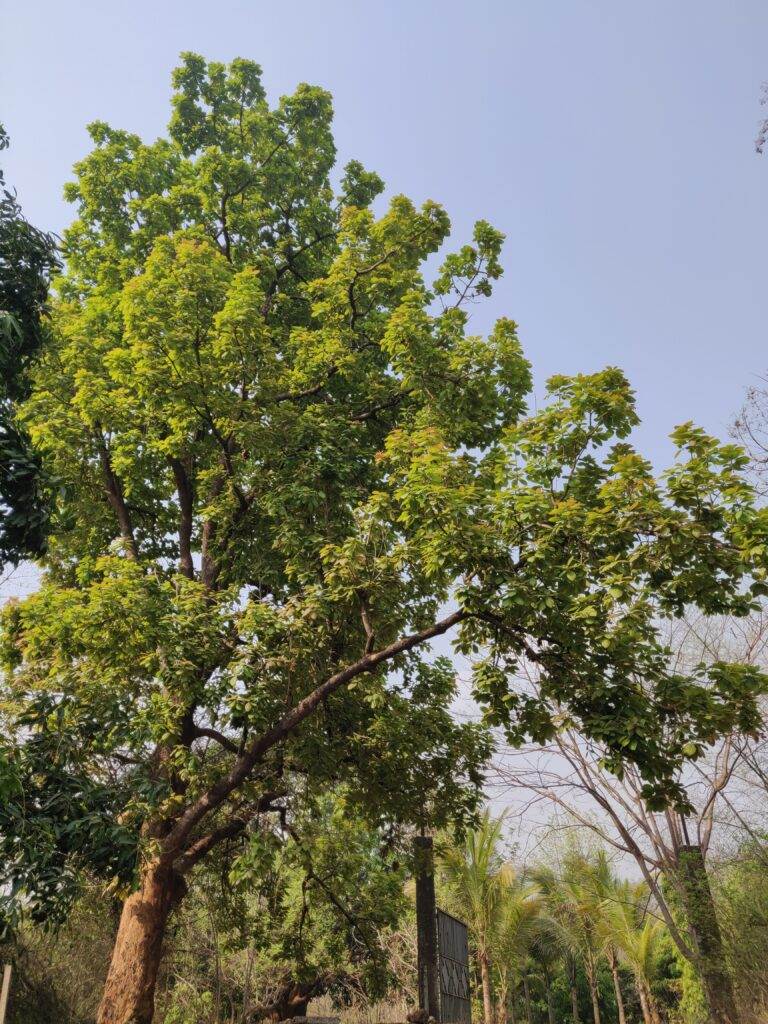
It grows 20-25 meters tall and possesses evergreen or semi-evergreen foliage and has a large top and is known for it’s fast-growing nature.
The bark is rough, brown to slightly dark grey with cracks and exudes a white milky sap when cut.
It has a short, thick, straight, cylindrical trunk that can grow up to 2 meters in diameter.
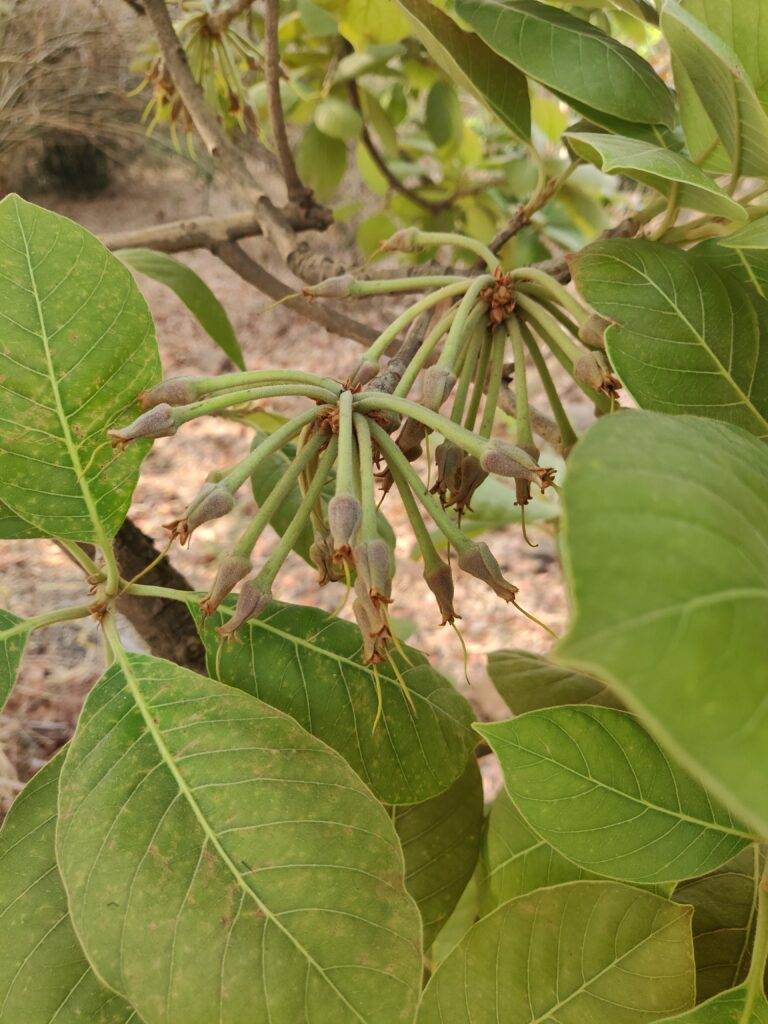

The canopy is dense and rounded and the branches are spread horizontally with leaves clustered at the end of the branches.
They are generally coriaceous, elliptic, shortly acuminate, and base cuneate.
The size ranges from 8 to 15 cm long and 1.5 to 5 cm wide.
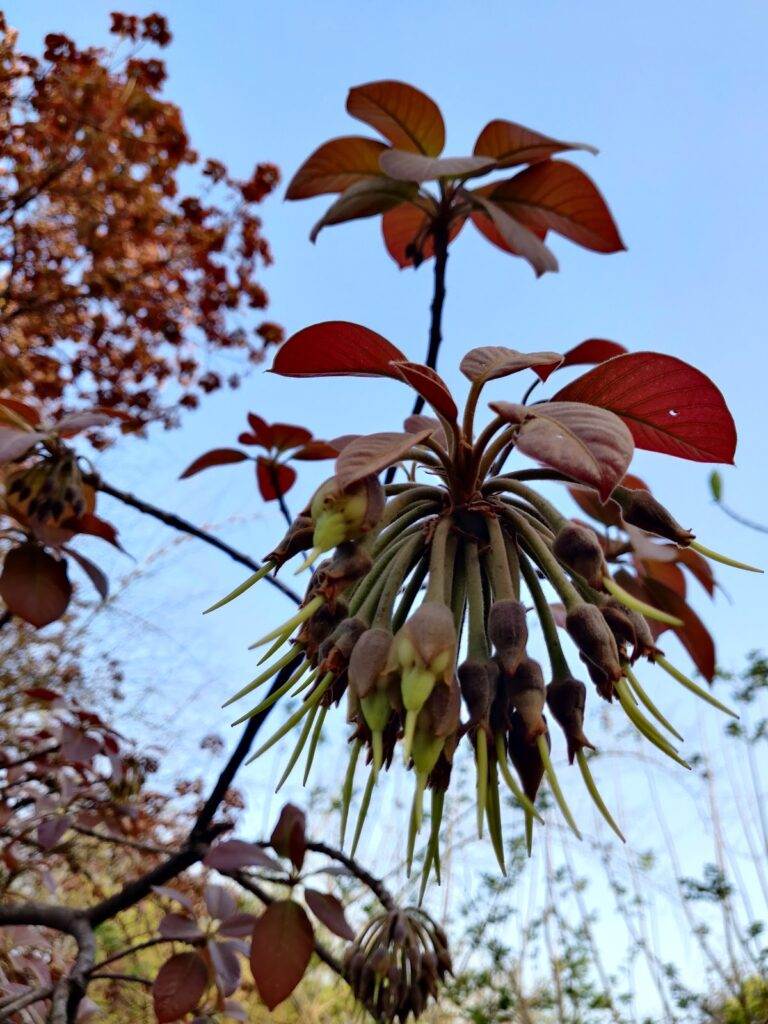
Mahua flowers are small and are borne on green or pink, furry bunches near the ends of branches, drooping on pedicels, each bunch consists of 10 to 12 flowers.
They are cream in color and fragrant.
They are sweet with a high sugar content (sucrose, glucose, fructose, arabinose, a few amounts of maltose and rhamnose).
They can be eaten fresh and dried.
They have a sweet fragrance and typically bloom from February to April.
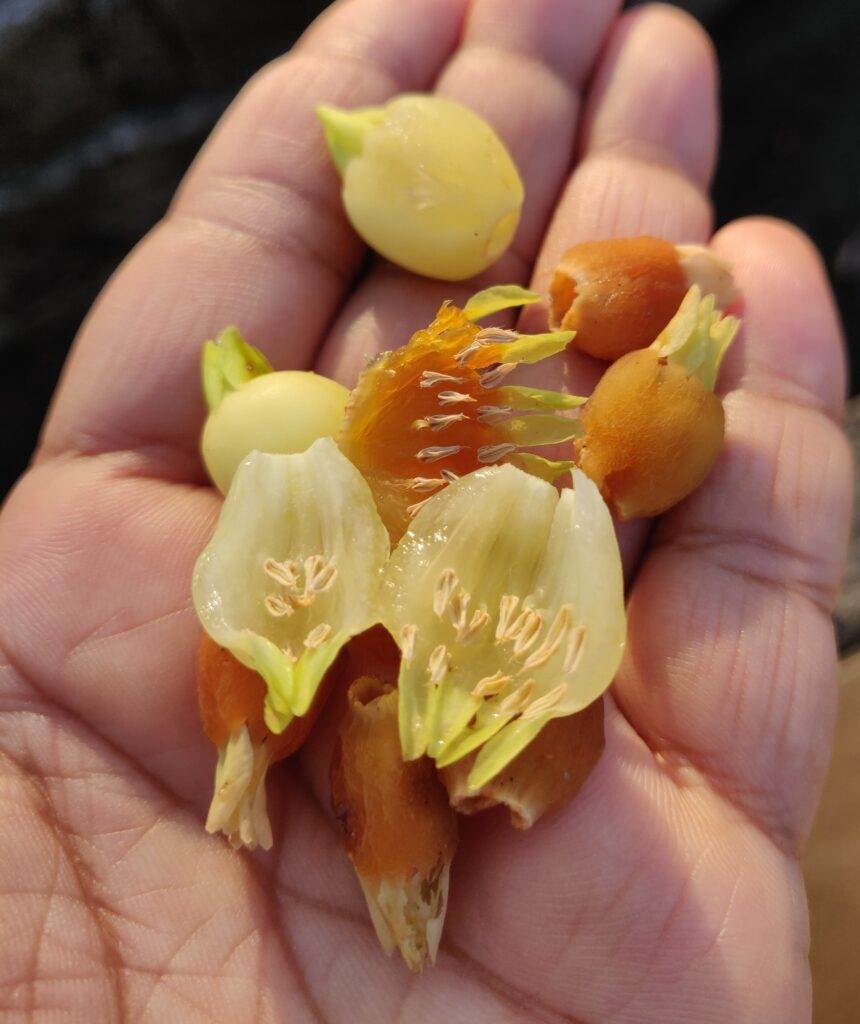
They live only for one night and then fall to the ground and start turning brown, shrinking into a wrinkled form as they dry.
The fresh flowers have a juicy and fleshy texture whereas the dry ones are slightly chewy, like a gummy candy.
Both are delicious!
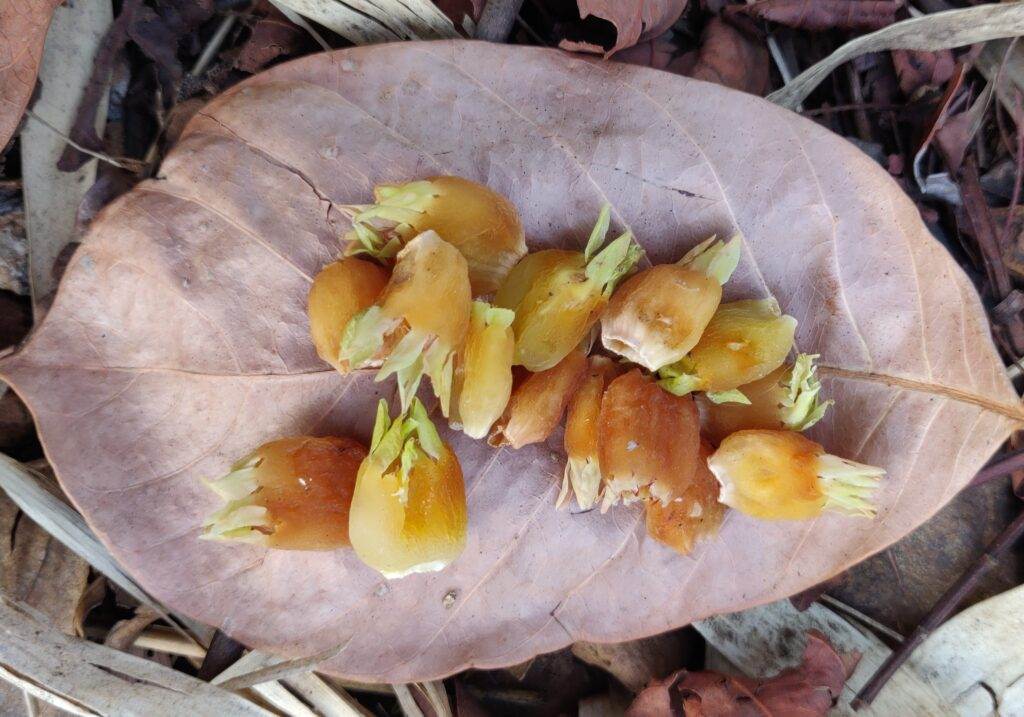
The flowers give way to oval-shaped fruits, about 2-3 cm long, containing seeds embedded in a thick, fleshy pulp.
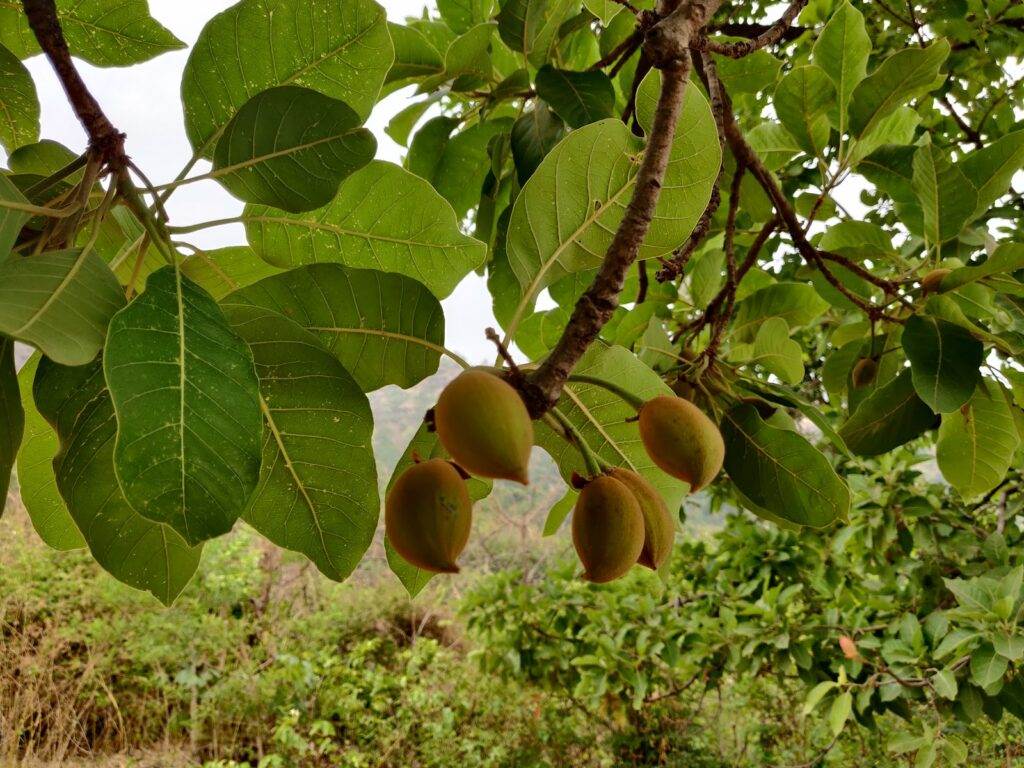
The fruits are 2-6 cm long, fleshy, greenish, or pale yellowish and turn pink when ripe.
The seeds are similar to sapota seeds, long, oval, shiny and one-sidedly flattened.
Thack to brown and 1 to 2 cm long with a hard kernel.
Each fruit contains 1 to 4 seeds.
Interesting Fact: In India, bats are a known seed disperser.
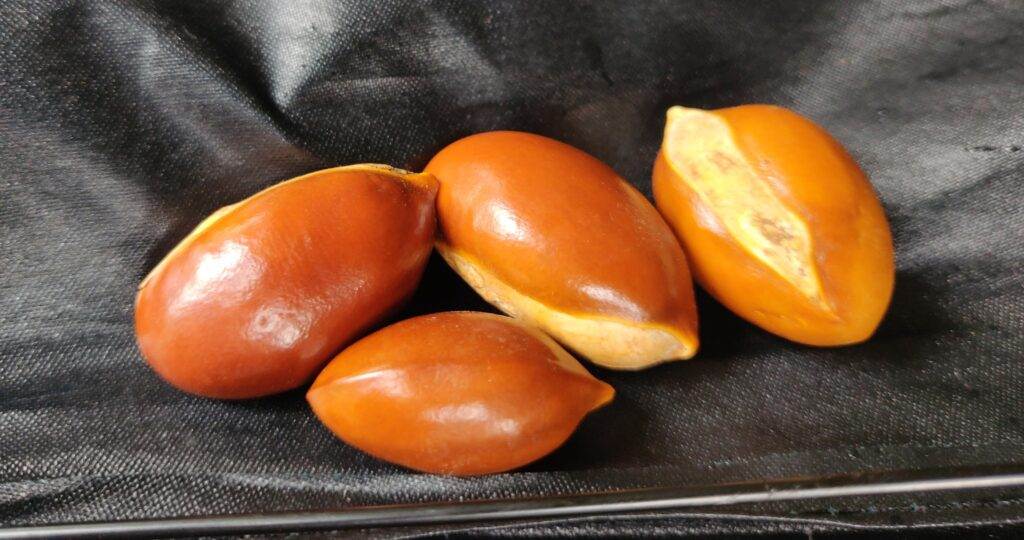
Quick History of the Heritage Liquor
Back in 90’s our region had a slight hush-hush culture around this plant, like it existed however we, as kids were not encouraged to talk or know much about this miracle tree.
As I started learning about this tree in the later years, it felt like this mighty one has always existed in silence, in the backdrop of a world switching to more and more monoculture zones, the tribals of India have managed to keep this gem alive along with the wisdom of integrating it into day to day lives.
The collecting of flowers and brewing drinks was prohibited and made illegal during the colonial era to make way for selling other government-approved liquors.
The ban was imposed on other indigenous alcoholic beverages as well and it was part of a larger strategy by the British colonial administration to exert control over economic, cultural, and social aspects of Indian society.
This not only put an end to the heritage drink but also led to controversies around its dangerous effects on public order which managed to suppress the culture and tradition even after independence as only a little has happened to give it legitimacy until recent years.
The prohibition also led to a general shift in attitudes toward looking at country liquor, making it look inferior and the attempts to make liquor secretly led to rising cases of contamination and inferior quality which further ended up giving in to the narrative of effects on public safety.
Thanks to the growing recognition of indigenous wisdom through local and international movements, the drink is appreciated again and so are the flowers as an Indian Super Food.
There have been a series of community-led activities focused on restoring and reviving the Tree of life.
Properties & Interesting Traditional Applications
Nutritional
The flowers are a rich source of sugar and protein, vitamins A & C, and essential minerals like calcium, phosphorus, iron and potassium.
The seeds are used to produce butter and oil, they yield 35 to 47% of oil. The fruits are rich in sugars and the pulp is used as a sweetener or cooked individually into recipes.
Culinary
The flowers are used as a flavoring agent in dishes and rice.
Pickles are also made from Mahua flowers.
Pest repellent
The seed cake is a known pest management solution in indigenous cultures and is used to manage root-knot nematodes.
it is said to have insecticidal and pesticide properties and is used as organic manure in annual fields.
Fodder
The leaves, flowers, and fruits of trees are fed to cows, goats and sheep.
The seeds are made into seed cakes and given to cattle, especially during pregnancy and milking stages.
Timber
Mahua wood is known for its strong, hard and durable properties with a reddish-brown shade that gives it a fine finish. It is a preferred local choice for furniture, doors, window frames, naves, pillars in house construction and for making cartwheels.
Soil Building & Erosion control
The superficial root system of the tree is extensive, which can hold soil and prevent erosion.
In India, the tree was used by both indigenous communities and restoration departments for soil reclamation on hard lateritic soils.
Additionally, the seedcake is also used as a fertilizer.
The leaves are great for mulching as they break down slowly.
Ecological Impact
The crown of a tree is wide and well-spread, several native species depend on it for shade and shelter.
It hosts many insect species is an essential part of the food chain, especially for birds.
Several bird species can be observed visiting the plant during the flowering time, including sunbirds and parakeets.
Medicinal
The medicinal properties that are seen in this plant are stimulant, demulcent, emollient, and heating.
It comprises terpenoids, proteins, starch, anthraquinone glycosides, phenolic compounds, mucilage, cardiac glycosides, tannins and saponins.
It has been reported that Mahua possesses wound healing, antimicrobial, antioxidant, anti-inflammatory, anticancer activity and antidiabetic activity.
The aerial parts of the plant are mainly used to cure inflammation in folk medicine.
Flowers
The flowers are used as a tonic.
The roasted flowers are used to treat cough and chronic bronchitis problems.
Also, flower juice is used to cure eye diseases, rakatpitta, and headaches (in form of nasal drops).
Dried flower powder is used to cure diarrhea and colitis due to its astringent properties.
Raw flowers are used by lactating mothers to increase milk production.
Preparing Mhaua flowers fried in ghee (clarified butter) is a well-known remedy for treating piles.
This is majorly effective due to the cooling properties of the flowers.
In indigenous medicine, the flowers are used to cure impotence.
A mixture with milk is widely consumed as a debility.
The heritage liquor is made from flowers, collected and fermented, and further distilled to extract the sweet-smelling liquor.
Bark
The bark is used to prepare a decoction by boiling it in water to treat rheumatism.
It is also used for phlegm, itching, swelling, fractures, snakebite, diarrhea, chronic tonsilitis, leprosy and fever.
Powdered bark is employed for the treatment of scabies.
The stem bark powder is used in the form of tooth powder, it is known to strengthen gums.
The bark infusion is used for the treatment of diarrhea.
Seeds
Seed oil is extracted by crushing the seeds and boiling them in water.
It is used for cooking, as a fuel source, and in manufacturing soap, cosmetics, and other products.
Mahua oil is also used in traditional medicine for its various health benefits, including its anti-inflammatory, analgesic, and antioxidant properties.
They are also used as fodder for cattle which in turn improves the health of cattle as well.
Leaves
The leaves are used to treat rheumatism and headaches.
They help cure skin issues such as eczema, anthelminthic, emollient and more by heating with sesame oil and applying over affected skin to get better relief.
They are also used to treat wounds, bone fractures and burns.
They are known to reduce and regulate blood glucose levels and are also used for treating epilepsy as the methanolic extract of mahua leaves induced GABA release which is a neurotransmitter that regulates neuronal activity in epilepsy patients.
Also, The ethanolic and methanolic extracts of Madhuca longifolia have shown their anti-helminthic effects on worms.
Additionally, the oil and butter extracted from the seeds are used in traditional massage therapy and in the production of soaps, shampoos, and lotions.
How and where to integrate the Mahua tree into regenerative landscapes?
It is a fast-growing tree and thus can be integrated where one needs shade or as a space filler.
It can be integrated into dry and arid regions in the tropical and subtropical zones.
They are great for preventing soil erosion and landscape restoration.
The tree can do well as a windbreak for medium-intensity winds.
However, it can be planted with other windbreaker species in the case of string winds.
The tree provides great shade and can be strategically placed as per the need.
Lastly, thanks to the nutrient-rich aerial parts, it provides loads of food for soil life and the food cycle.
Growing & Caring for Mahua Trees
Habitat
The tree thrives in dry tropical climates and prefers altitudes of up to 200 meters; however, it can tolerate slightly humid and moist zones and is drought and frost-hardy.
Temperatures
It is seen to adapt to various temperatures, ranging from 2 to 46°C, however, the ideal temperature ranges from 25 to 35 °C, but no lower than 18°C.
Sun
It thrives in full sun and needs at least 5 to 6 hours of direct sunlight daily.
It can be found growing below the canopies of larger trees however the yield might not be optimal in such a scenario.
l results in low height and no fruits.
Water
The plant survives with limited water and is also tolerant of drought in its natural habitat, it does best in areas that get between 550 and 1,500 mm of rain annually on average.
However, regularly watering seedlings in cultivated ecosystems is recommended, especially during dry spells.
Water when the topsoil feels a little dry to the touch.
Soil
It has high tolerance to different soil types, it can be seen thriving on well-drained loamy or sandy-loam soils, it may also be found in shallow stony, clayey, and calcareous soils.
In India, it can be seen thriving in the alluvial soil in the Indo-Gangetic plain.
It also shows tolerance towards excessive monsoon and is found in water-logged and low-lying zones with clay soils.
So you can go ahead and plant it directly in your regular soil.
Add organic matter or create a potting mix of peat and cow dung manure for more rapid and healthy growth.
Pests and Diseases
The young plants are sometimes affected by spider mites, mimosa webworms, mealybugs, thrips and aphids.
The plant usually manages to survive by itself however in cultivated ecologies on can add some natural pest repellents to help reduce the stress.
Propagation
The trees are traditionally grown from seeds.
Here in India saplings are available in local forest nurseries.
From Seeds
The seeds can be collected from ripe fruits, here in India they are available from June to August.
The seeds usually start germinating on the ground in June itself thus keeping an eye and collecting them as soon as the fruits are ripe is recommended.
The seeds can be sowed in nursery bags or raised beds and transplanted once they reach 2 to 3 ft in height.
Grafting
Softwood grafting is preferred where an actively growing young shoot (scion) from one-year-old seedling is joined onto another (rootstock).
A slit is cut into the rootstock and a trimmed scion is inserted and aligned with their cambium layers.
It is secured with plastic wrap, and the joint slowly aids in healing.
As they fuse, the scion starts growing.
The method demands precision and proper care for successful graft union and plant growth; however, yields quicker results as the plants become ready for planting just 2 months after grafting.
The final saplings can be transferred permanently by digging pits ranging from 30*30cm to 60*60cm pits with some compost.
The dept will depend on the soil profile.
Once the plant reaches a height of 5 to 6 feet, You can stop watering, especially as it will take care of the watering requirements independently.
You can keep a 1-2 ft radius clear of any other plants competing with the young plants for nutrients.
Traditional and Modern Harvesting & Storage Tips
It takes around 10 years for the first flowers to bloom when starting from seeds thus sourcing a 4 to 5-year-old plant is recommended for saving on some time.
The fruit yield goes on upto 60 years and old plants are known to yield more flowers and fruits than young ones.
The maximum annual bloom yield for a mature tree goes upto 90 kg.
You can collect fresh and dry flowers for making jellies, jams, natural sweetener powder, candies, and more.
The fresh flowers fall on the ground early in the morning and local women can be seen busy collecting them by hand.
Sometimes, a long bamboo stick with an anchoring arrangement at the end is used to shake the branches for flowers.
They are then washed and the stamens are manually removed as they give a bitter taste.
They are blanched with preservatives if necessary.
For storage, traditionally they are shade-dried and made into flour mixed with other ingredients when making sweets or day-to-day recipes.
For longer storage, they are stored in gunny bags and in low moisture zones as the flowers show hygroscopicity, i.e.
tend to absorb moisture.
The collection of Mahua seeds is generally performed in May, June and July.
Quick Fact: In India, 0.12 million tonnes of Mahua seeds are produced yearly, most of which are used for oil production.
Conclusion
Mahua tree holds immense ancient wisdom and potential for our soils and people.
It offers promising economic gains through the diverse range of products that can be consumed both fresh and in many processed forms.
Simultaneously it is and can continue empowering native growers economically, thus helping strengthen the local economies.
Overall, a tree worth diving into and encouraging mindfully.
Reference:



